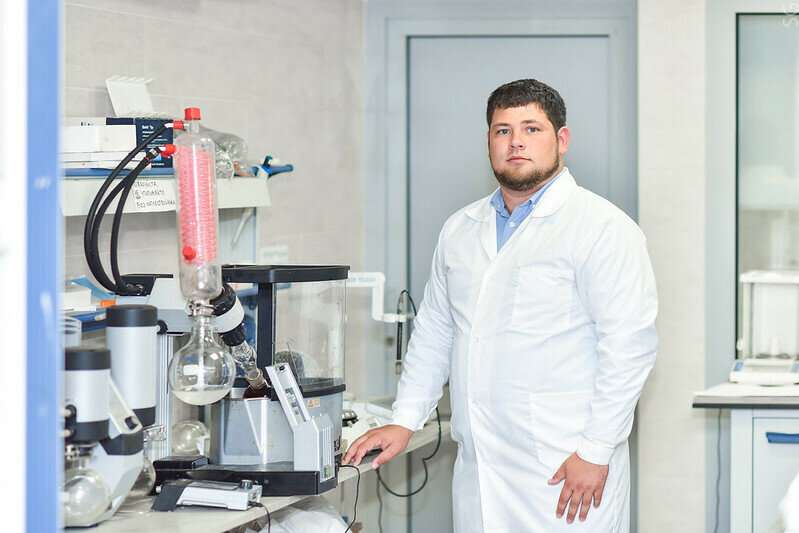Magnetic gold nanohybrid will help fight cancer

A team of NUST MISIS scientists, together with colleagues from Russia and Germany, have presented a detailed study of magnetite-gold nanohybrids. In the future, such nanoparticles can help in theranostics—the diagnostics and subsequent therapy of oncological diseases. The results of the work have been published in the Journal of Materials Chemistry B.
"Magnetic resonance imaging is one of the most effective ways to detect cancer in the early stages. To increase its accuracy, a special contrast agent with magnetic properties can be injected into the patient's body—with a special selection of parameters, the agent will 'highlight' the malignant cells," says Maxim Abakumov, head of the Biomedical Nanomaterials laboratory at NUST MISIS. However, in addition to diagnostics, magnetic materials are promising for use in the treatment of oncological diseases. Under high temperatures, magnetic nanoparticles can heat up and destroy the shell of cancer cells."
The team from NUST MISIS has been developing magnetic nanoparticles for theranostics (a combination of diagnostics and therapy) based on magnetite (Fe3O4) for several years. Recently, the next stage of fundamental research has been completed. Together with the colleagues from Lomonosov Moscow State University, D. Mendeleev University of Chemical Technology of Russia, the Russian National Research Medical University, and the University of Duisburg-Essen (Germany), scientists studied the formation of hybrid magnetite-gold nanoparticles. It is widely known that this precious metal is well accepted by the body; its role is to ensure the biocompatibility of the dimer (complex structure).
Scientists examined the nucleation, growth and faceting of magnetite-gold nanohybrids by taking liquid samples from the reaction mixture during the synthesis process. For this, X-ray phase analysis, transmission electron microscopy, and vibromagnetometry were used.
"We observed two consecutive processes during the formation of magnetite. First, the growth of spherical magnetite nanoparticles on the surface of Au seeds at temperatures up to 220 °C. Secondly, there is a gradual faceting of iron oxide nanoparticles to octahedrons at the boiling stage from 240 to 280 °C with the constant volume of nanoparticles," comments Ulf Widwald, research participant and associate professor at the University of Duisburg Essen.
This is the most detailed analysis of the properties of the dimeric nanoparticles with magnetite preparation ever carried out. Scientists note that the data they obtained allow them to control the size and shape of nanoparticles due to the ability to control the chemical reaction parameters. In the future, this will help to scale up the production of theranostic nanoparticles to serial.
More information: Yulia A. Nalench et al. Unravelling the nucleation, growth, and faceting of magnetite–gold nanohybrids, Journal of Materials Chemistry B (2020). DOI: 10.1039/C9TB02721A





















